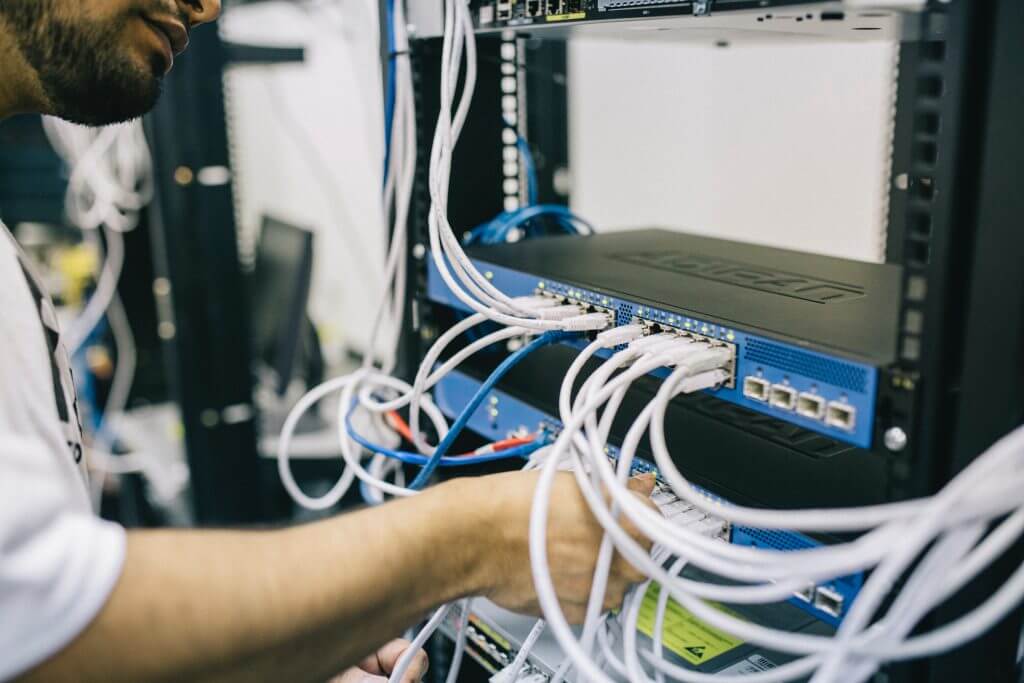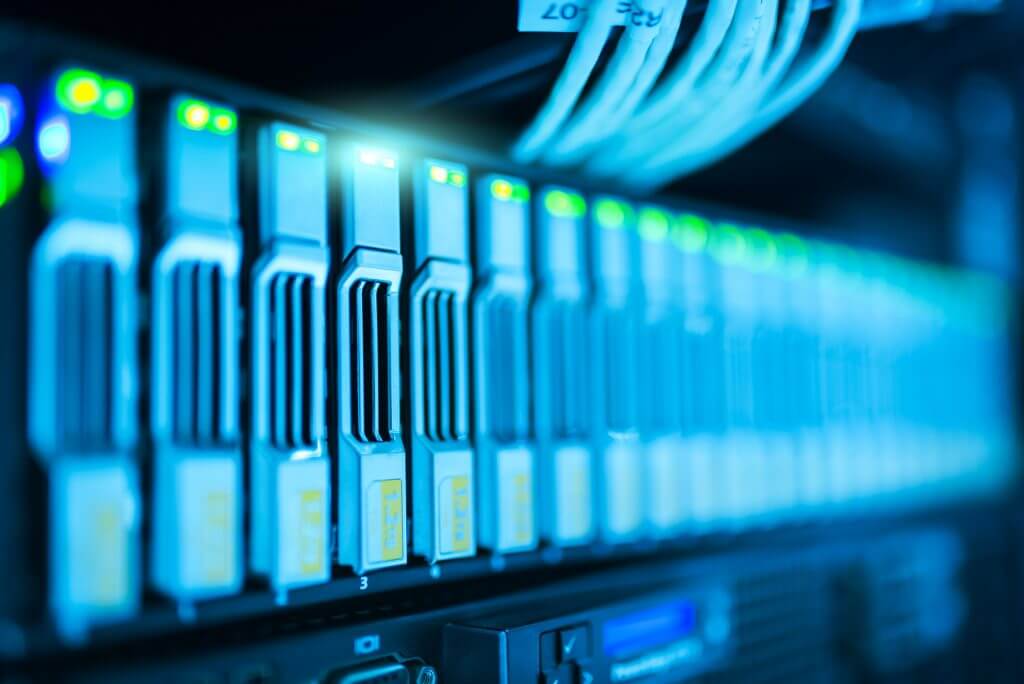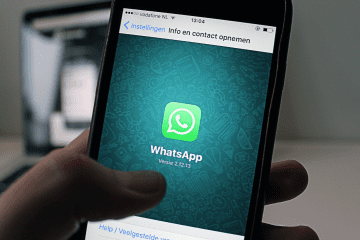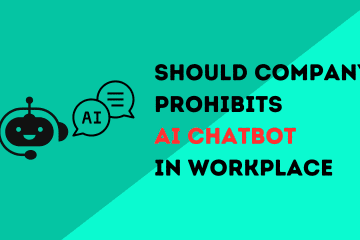For years, IT security has been one of the highest expenses for many companies and organizations. But do you understand what you are actually paying? (If you still wondering whether or not to invest in cybersecurity, the answer here – Company Failed to Defend Themselves from Intruders, Paid Millions.)
Potential IT Security Threats
IT Security threats come in many forms:
- Natural Disasters: fire, flooding, power failures, storms
- Physical Damages: Break-ins, physical tampering, hardware failure
- Digital Security / Cyber Threats: Hacks, viruses, malware, ransomware, etc.
IT security can be comprehensive as it comprises every aspect that deals with at least one of the above problems. It focuses on protecting important business data. When we spend on IT security, we are not blindly paying for the antivirus, firewall, or other protection components suggested by the vendors.
We essentially need the following to secure our business:
1) Network Security
Network security guards against any attacks or unauthorized intrusion from getting into your network. If it’s not well protected, it means attackers can easily access to sabotage your data or applications or control over any devices connected to the same network.
Measurement of components:
- Security Monitoring
- DDoS mitigation
- Advanced Intrusion Detection and Prevention
- Password Policy
- Application Security
- Encryption
- Coding Test
- Penetration Test
- Multi-Factor Authentication

2) Email Security

Email is a commonly used tool for attackers to target their victim via social engineering. 96% of Phishing attacks start from email. Apart from security solutions, one of the most effective ways to prevent is to provide sufficient training and awareness to users. However, it takes time and difficult to avoid human errors.
As of now, there is no silver bullet against phishing attacks, but IT Security shall not neglect these vital components:
- Multi-layered Spam Filtering
- Spear Phishing Protection
- Advanced Malware Protection
- Sandboxing
- CxO Fraud
- DMARC / DKIM / SFP Security
- Email Encryption
3) Endpoint Security
Endpoint Protection refers to any device connected to the Networks such as laptops, mobile phones, tablets, wireless CCTV, smart TV, refrigerators, etc.
Anything connected to the internet can be used as a loophole for the attacker to access your network if any form of endpoint security does not adequately protect it.

A good Endpoint Protection should include:
- Advanced Malware protection
- Endpoint Detection and Response
- IoT Security
- Access Control
4) Cloud Security

Cloud security uses software-based security tools that protect and monitors the data in your cloud resources. As SaaS, public or private cloud, cloud storage, and etc., is gaining popularity; it is only natural that cloud security becomes more prominent in today’s cyber world. The traditional security stack is no longer sufficient to protect the user connecting to these cloud services.
Here are the few types of cloud security in the market:
- Cloud-access security broker (CASB)
- Secure Internet Gateway (SIG)
- Cloud-based Unified Threat Management (UTM)
- Web Application Firewall
5) Application Security
Application security is where you make your apps more secure, and regardless it’s a mobile app, web application, software, or SaaS. It involves finding, fixing, and enhancing apps’ security during the development stage and once after being deployed.
It protects the user from any vulnerability and the company’s brand image as these apps are mostly directly facing the company’s end customer.

- Web Application Firewall
- Runtime Application Self-Protection (RASP)
- Code Obfuscation
- Encryption and Anti-tampering tools
- Threat Detect Tools
- Regular Penetration Test
- Coding Risk Review
6) Critical Infrastructure Security
The last bit of IT security goes beyond the IT software and hardware. You could implement every encryption or firewall known to the market, yet the data breach or data loss can still happen simply someone gain access to your server, or a fire breaks out at your Data Center, or flood. Hence, sufficient access control to the facility, fire systems, monitoring, and water detection is still fundamental.
“The capacity of a barrel is determined not by the longest wooden bars but the shortest.”
Pick the right and trusted security solution provider that can help you in a long way. There’s no one-size-fits-all security solution in the market. It will need to go through a series of studies on your company’s IT environment, business nature, and day-to-day operation to decide the correct security profile that fits your business.
Cybersecurity can be affordable yet effective with the correct measurement.


